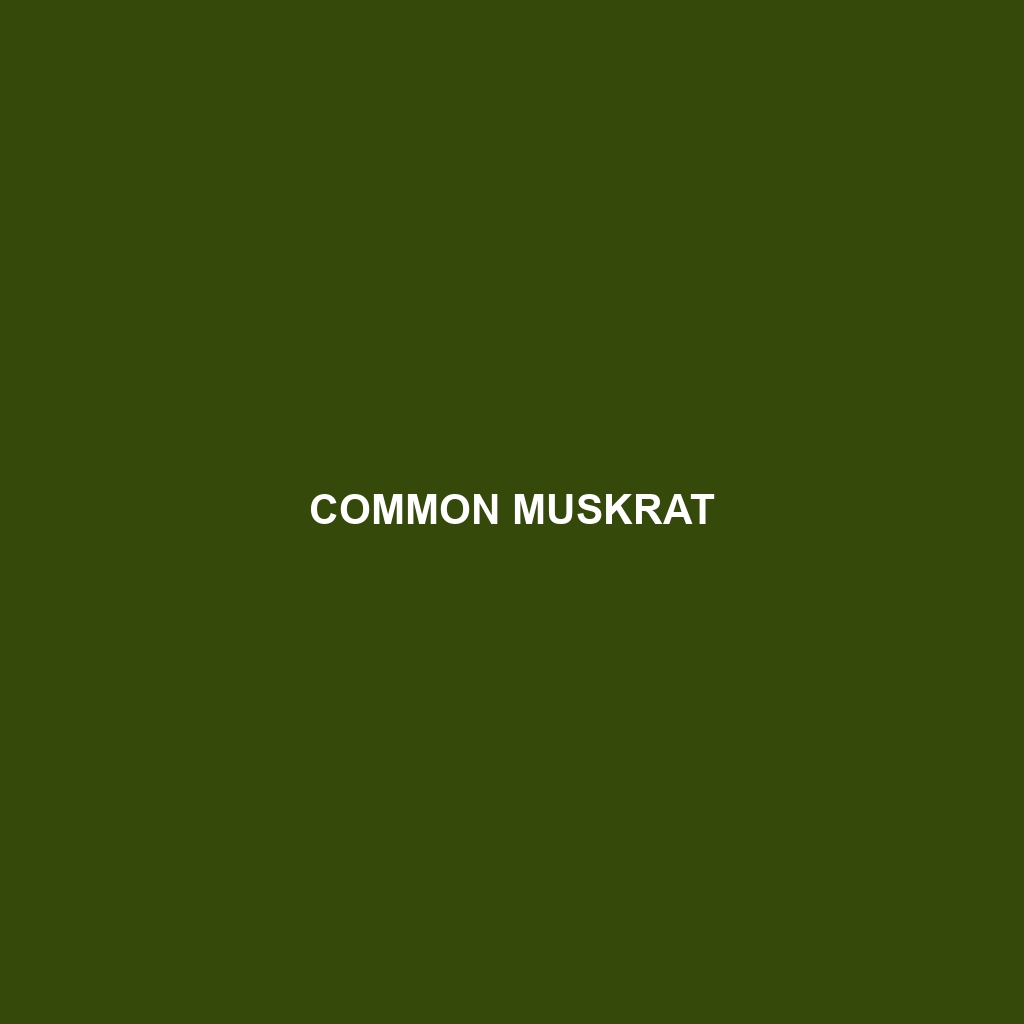Western Dinaric Vole: A Comprehensive Species Description
Common Name: Western Dinaric Vole
Scientific Name: Microtus reflexus
Habitat
The Western Dinaric Vole primarily inhabits the mountainous regions of the Dinaric Alps, specifically within Slovenia, northern Croatia, and parts of Bosnia and Herzegovina. This species is often found in grassy areas, alpine meadows, and woodland edges, favoring environments that provide ample ground cover and moisture. The voles thrive in regions with a temperate climate, where they make burrows in the soil for shelter.
Physical Characteristics
The Western Dinaric Vole is a medium-sized rodent, typically measuring between 12 to 15 centimeters in body length, with a tail length of approximately 3 to 5 centimeters. This species exhibits a dense fur coat, which is generally brown or gray with lighter underparts. Their stocky body, short legs, and rounded ears distinguish them from other vole species. They possess sharp claws that aid in digging and foraging.
Behavior
Western Dinaric Voles are primarily nocturnal and crepuscular, displaying heightened activity during dawn and dusk. They are highly social creatures, often living in small colonies. These voles are known for their elaborate burrow systems, which they excavate to create nesting sites and food storage areas. Their behavior also includes territorial marking and communication through vocalizations and scent markings.
Diet
The diet of the Western Dinaric Vole consists mainly of herbaceous plants, seeds, and roots. They are particularly fond of grasses, clover, and various herbaceous weeds. During the summer months, they may consume fresh shoots and flowers, while winter foraging leads them to rely on stored food in their burrows. Their feeding habits play a crucial role in maintaining the ecosystem, as they help control plant growth.
Reproduction
Breeding for the Western Dinaric Vole occurs primarily in the spring and summer months, although they can breed year-round under optimal conditions. Female voles can give birth to litters of 4 to 6 young after a gestation period of approximately 22 days. The young are weaned around three weeks of age and can become sexually mature within two months, allowing for rapid population growth under favorable conditions.
Conservation Status
The Western Dinaric Vole is currently listed as ‘Vulnerable’ according to the International Union for Conservation of Nature (IUCN). Habitat loss due to agricultural expansion and urban development poses significant threats to their populations. Conservation efforts are necessary to protect their natural habitats and promote sustainable land-use practices.
Interesting Facts
– The Western Dinaric Vole is known for its remarkable burrowing abilities, capable of creating extensive tunnel systems.
– They have a strong sense of smell, which they use for foraging and avoiding predators.
– The species’ unique vocalizations are used for communication within their social groups.
Role in Ecosystem
As a herbivore, the Western Dinaric Vole plays a vital role in its ecosystem by contributing to the plant population’s regulation and soil aeration through its burrowing activities. They serve as prey for various predators, including birds of prey, snakes, and small mammals, thus contributing to the biodiversity of the region. Their presence indicates a healthy ecosystem and supports other wildlife species by fostering a balanced food web.
